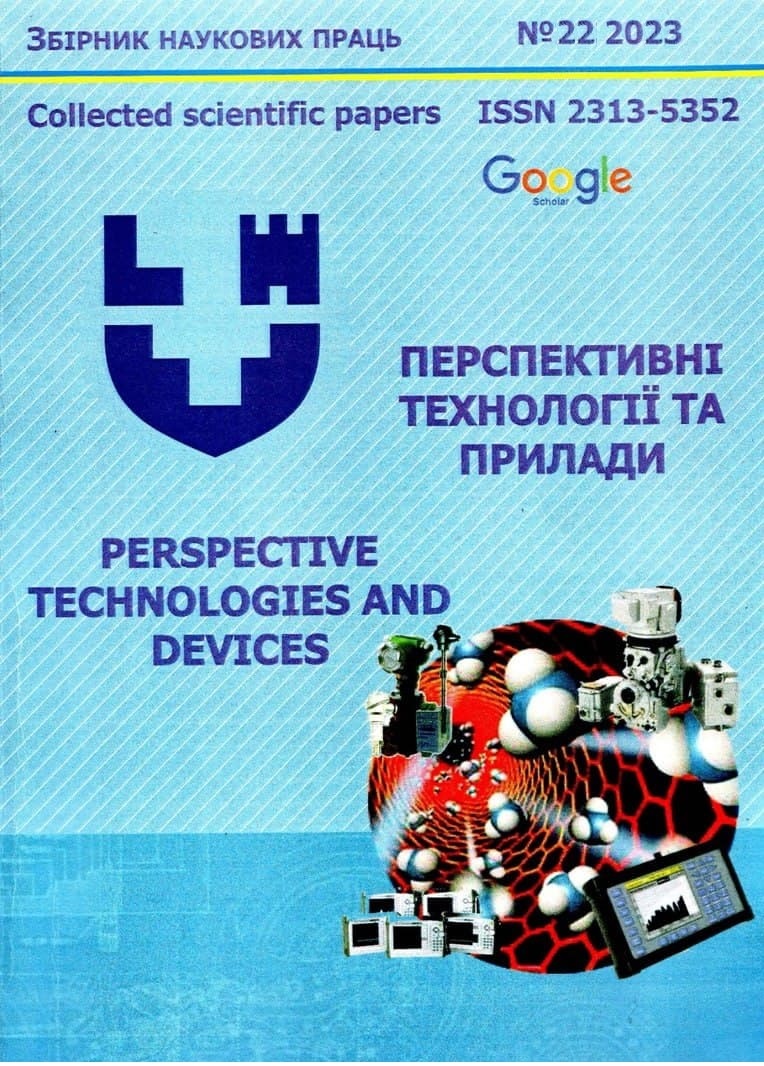FLEXIBLE HUMIDITY SENSORS BASED ON NANOCELLULOSE FILMS FOR BIOMEDICAL APPLICATIONS
Abstract
Flexible, biodegradable relative humidity (RH) sensors based on nanocellulose film (NC) of capacitive and resistive type was created and investigated. NC was extracted from organosolvent wheat cellulose by acid hydrolysis. Electrodes were deposited on the surface of the NC film by RF magnetron deposition in an argon atmosphere. The peculiarity of these sensors is that the NC acts as a sensitive layer and as a substrate. We studied the static (response, sensitivity, reversibility and repeatability) and dynamic (short-term stability, response and recovery times) characteristics of the sensors. It was established that the resistive sensor is characterized by a higher sensitivity of 0.052(RH%) -1, which is stable at different frequencies of the test signal. At the same time, the capacitive sensor shows a lower hysteresis value (approximately 9%), better repeatability of the signal (the deviation during cycling did not exceed 17%) and short-term stability (the deviation of the signal during the measurement time did not exceed 5%). The possibility of using sensors for human breath monitoring systems has also been investigated. It was determined that both sensors are able to detect breathing at different rates (fast, medium, slow), and also react to different volumes of air exhaled by a person.


 https://scholar.google.com.ua/citations?
https://scholar.google.com.ua/citations?

